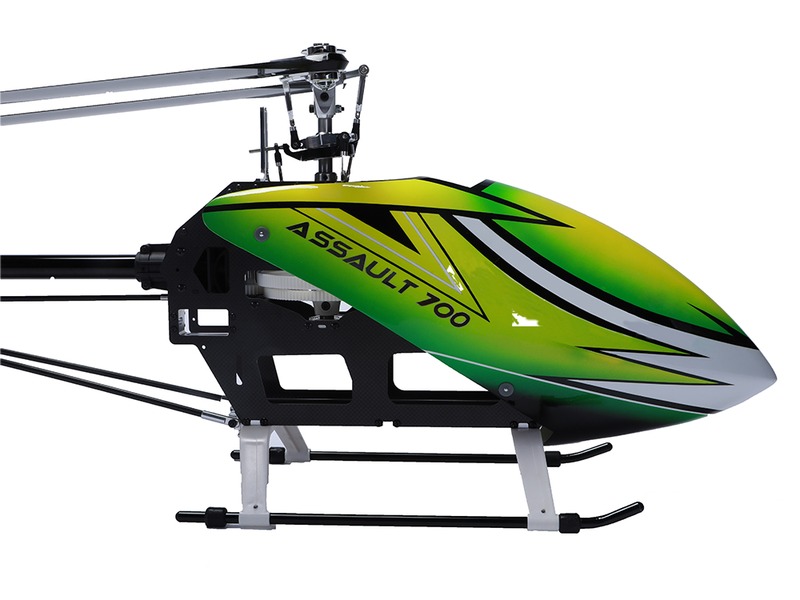What makes RC helicopter move?

A remote control (RC) helicopter is a type of model aircraft that is controlled by a remote control. It is powered by an electric motor and uses a set of rotors to generate lift and thrust. The rotors are connected to a set of servo motors that are controlled by the remote control.
The main components of an RC helicopter are the main rotor, tail rotor, servo motors, and the remote control. The main rotor is the most important part of the helicopter and is responsible for generating lift and thrust. The main rotor is connected to a set of servo motors that are controlled by the remote control. The servo motors control the pitch and roll of the main rotor blades, which in turn control the direction and speed of the helicopter. The tail rotor is used to provide stability and control the yaw of the helicopter.
The remote control is used to send signals to the servo motors, which control the pitch and roll of the main rotor blades. The remote control also has a throttle control, which is used to control the speed of the helicopter. The remote control also has a rudder control, which is used to control the yaw of the helicopter.
When the main rotor is spinning, it creates lift and thrust. The lift is generated by the Bernoulli effect, which states that when a fluid (air) is moving faster over one side of an object than the other, the object will be pushed up. The thrust is generated by the Newton’s third law of motion, which states that for every action there is an equal and opposite reaction. The thrust is generated by the rotors pushing air downwards, which in turn pushes the helicopter upwards.
The servo motors control the pitch and roll of the main rotor blades, which in turn control the direction and speed of the helicopter. The servo motors are connected to the remote control, which sends signals to the servo motors. The signals tell the servo motors to change the pitch and roll of the main rotor blades, which in turn changes the direction and speed of the helicopter.
The tail rotor is used to provide stability and control the yaw of the helicopter. The tail rotor is connected to a set of servo motors that are controlled by the remote control. The servo motors control the pitch and roll of the tail rotor blades, which in turn control the yaw of the helicopter.
In summary, RC helicopters are powered by an electric motor and use a set of rotors to generate lift and thrust. The main rotor is connected to a set of servo motors that are controlled by the remote control. The servo motors control the pitch and roll of the main rotor blades, which in turn control the direction and speed of the helicopter. The tail rotor is used to provide stability and control the yaw of the helicopter. The remote control is used to send signals to the servo motors, which control the pitch and roll of the main rotor blades and the pitch and roll of the tail rotor blades.

